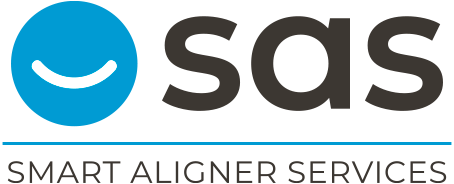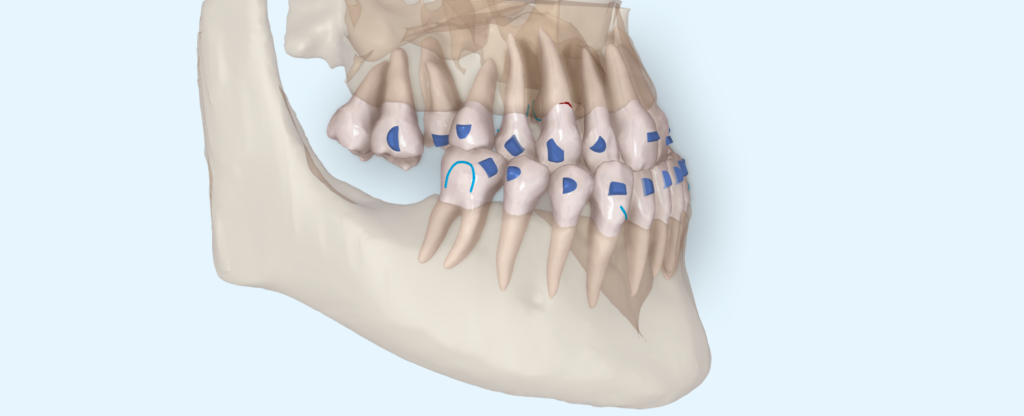
Sequential distalisation of the lower arch with aligners is a relatively predictable and effective treatment for resolving sagittal discrepancy. Before opting for this solution to treat the Class III presented by the patient, we must determine the limits that exist for this movement. The limits of distalisation do not depend on the [...]
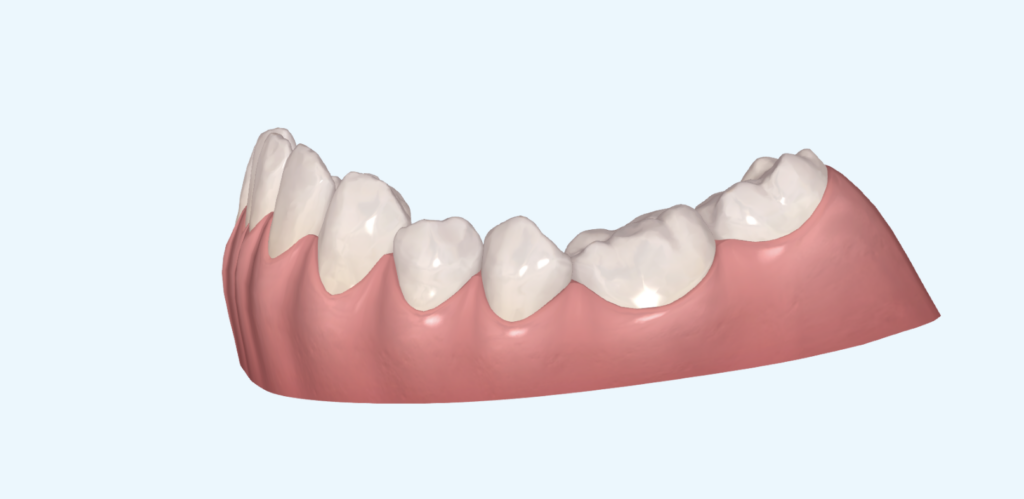
The curve of Spee is the natural curvature of the occlusal plane that follows the anatomical shape of the mandibular arch. An excessively increased curve of Spee can lead to various problems such as excessive wear of the anterior teeth, periodontal problems or joint disorders. This last aspect is often found in cases where the curve of Spee is [...]
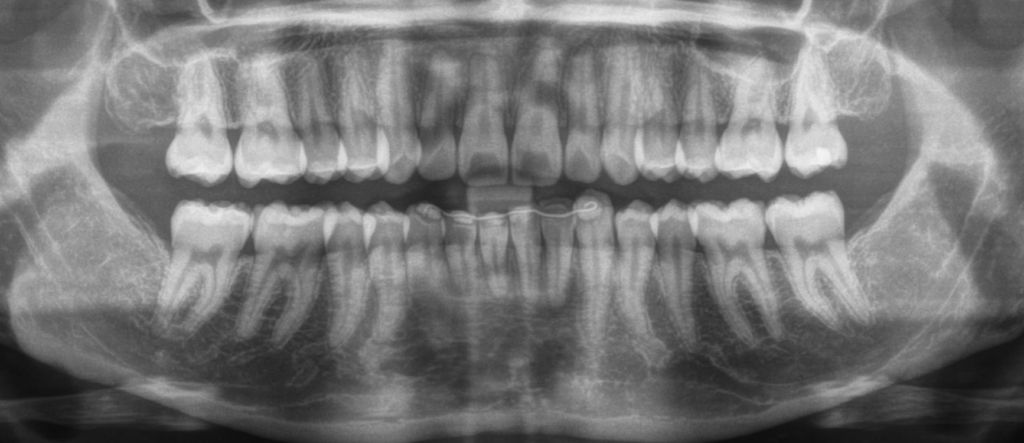
How many of us, when we finish an orthodontic case, think that the job is finished? That feeling of happiness and "freedom" that the patient transmits to us when we remove the brackets or attachments and we can see the smile that had been hidden under them for so many months or years, makes us relax and [...]
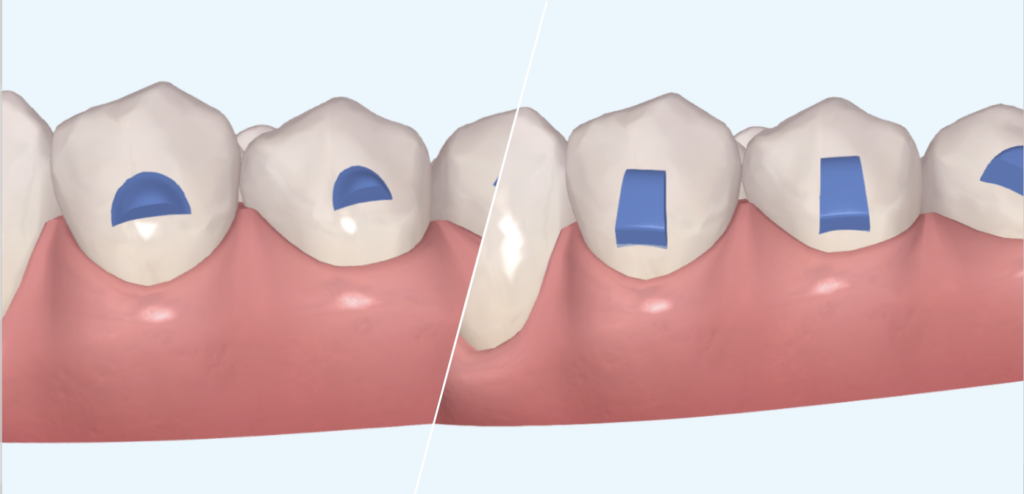
Attachments are a key part of treatment with aligners, necessary to improve the efficiency and predictability of certain dental movements. Even so, they are not essential in all situations. There are movements, such as retroinclination or incisor rotation, that do not require the placement of these attachments to be completed. The [...]
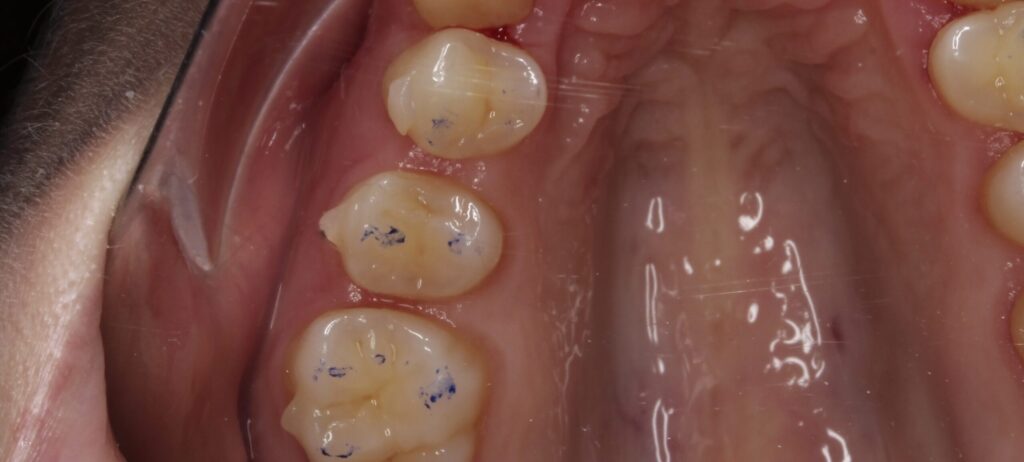
We are all attracted to the concepts of "predictability" or "reliability". We want to offer maximum guarantees to our patients in everything we do (and, incidentally, to sleep soundly), but, fortunately or unfortunately, biology is not as exact a science as mathematics. As we have already discussed on other occasions, the development of [...]
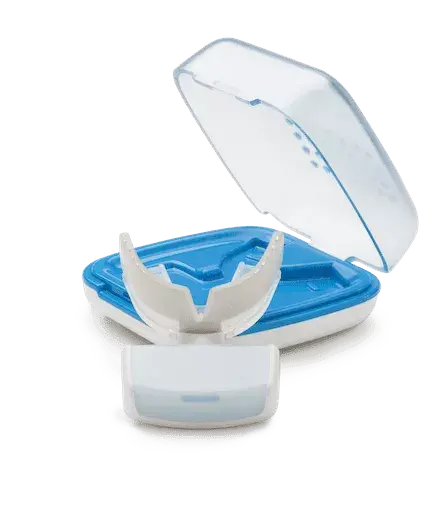
One of the main questions that patients ask us when they come to see us is: doctor, how long is my orthodontic treatment going to take? Some companies, aware of this, use this claim to attract or attract those who are looking for quick treatments regardless of the complexity of their case or to offer those of us who are looking for a [...]
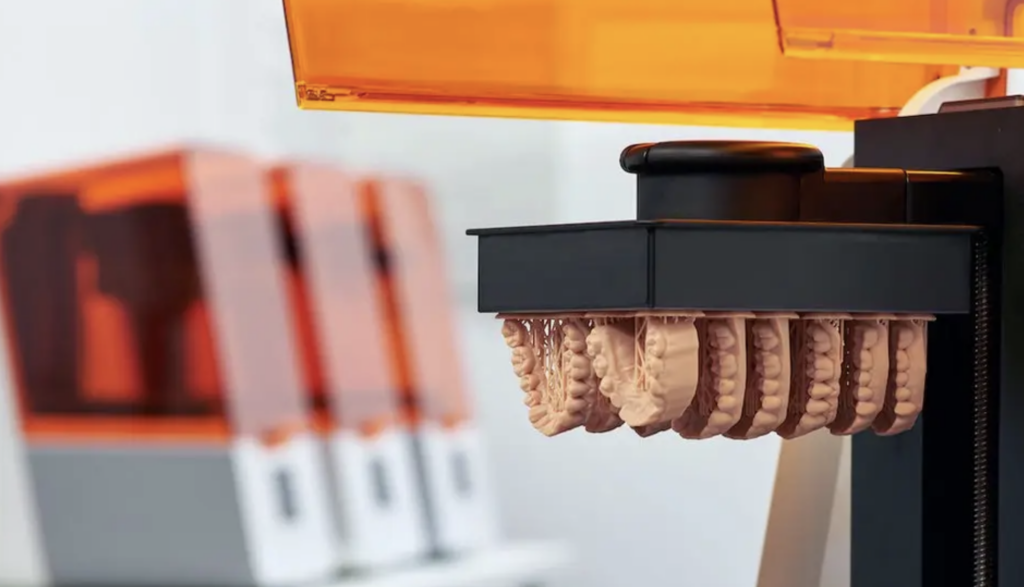
Digital orthodontics has led to the introduction of 3D printers in the dental sector. These printers can be used for different purposes: printing models with which to manufacture aligners on them, printing retainers or even, as we have recently seen at a congress, printing the aligners directly. To guarantee the fit of [...]
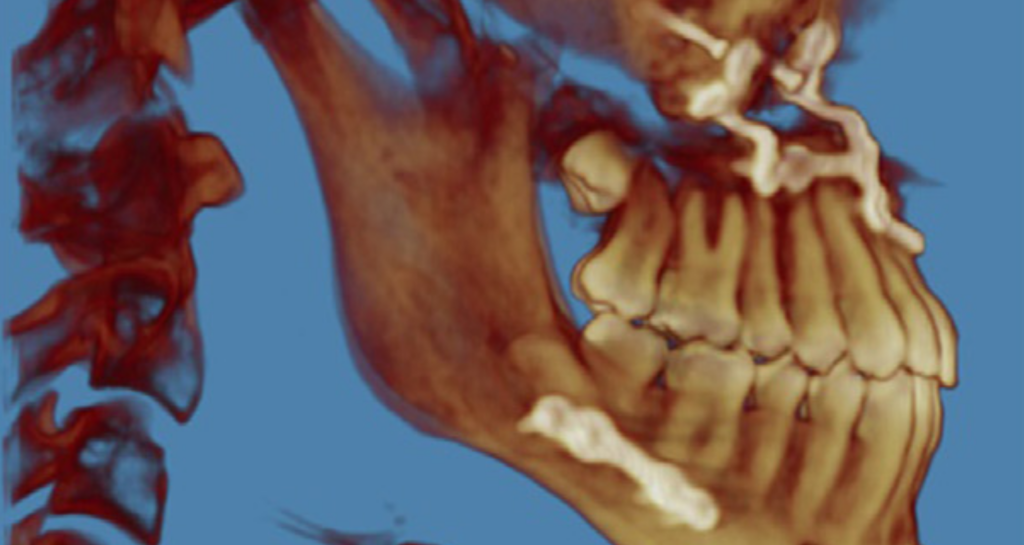
Orthodontic treatments, whether aligners or braces, have their limits and may not be suitable for all cases. For this reason, some of our patients will need to undergo orthognathic surgery combined with orthodontics in order to solve their problem adequately. In those malocclusions where the patient has a skeletal problem [...]
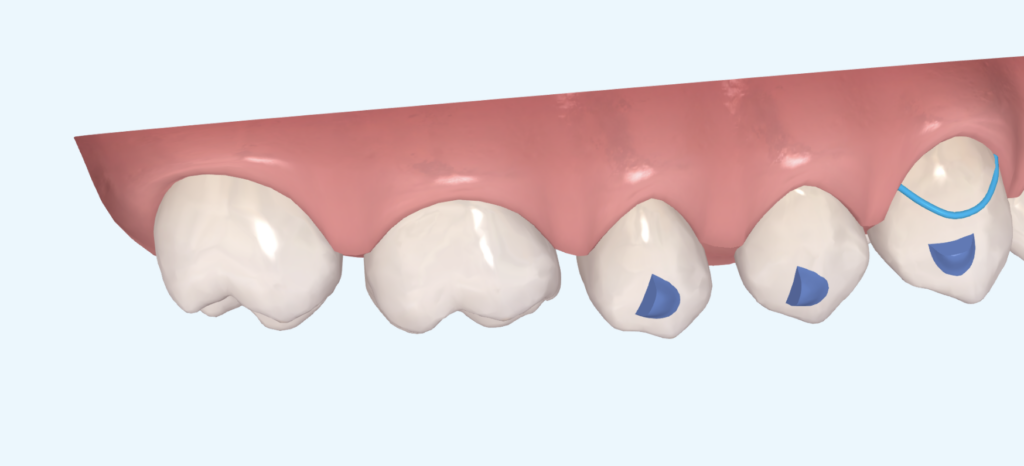
Before the advent of aligners, Class II correction by upper distalisation was a difficult strategy to apply. Most cases involved Class II elastics that correct the sagittal problem at the expense of mesialising the lower arch teeth. Due to its greater complexity, in [...]
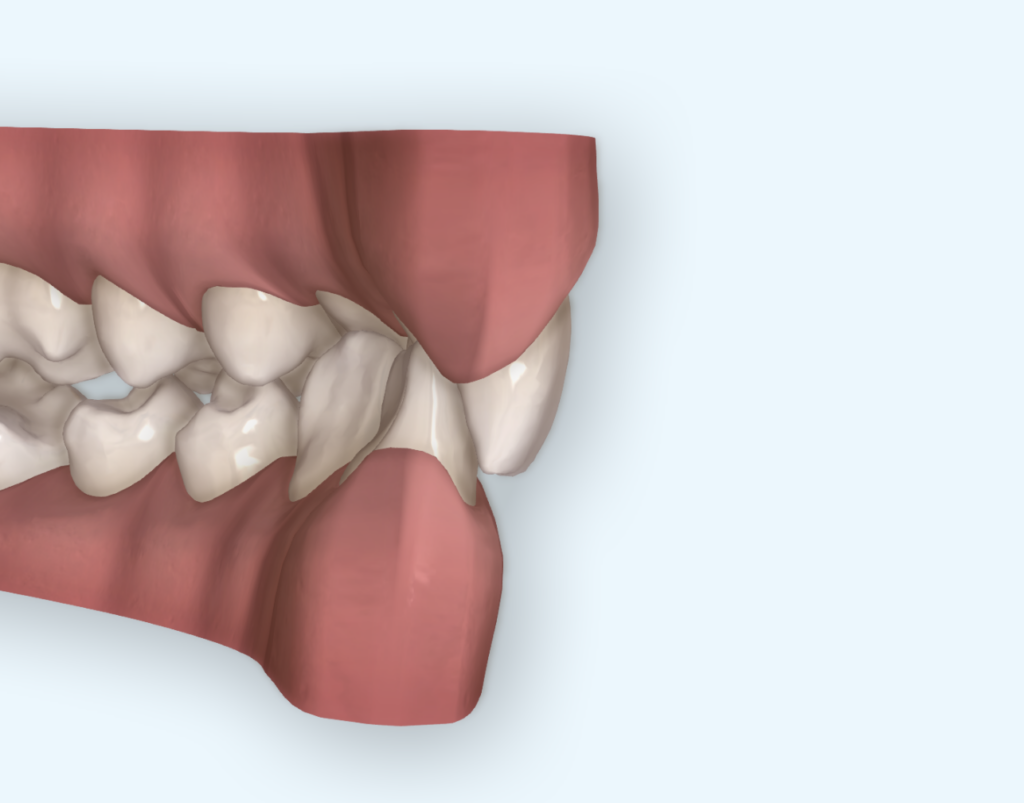
I remember when I was immersed in the world of aligners. In those first trainings, we were shown the strengths and weaknesses of invisible orthodontics. For example, a case with an open bite could be easier to solve with aligners than with brackets, thanks to the intrusion produced by the brackets.

